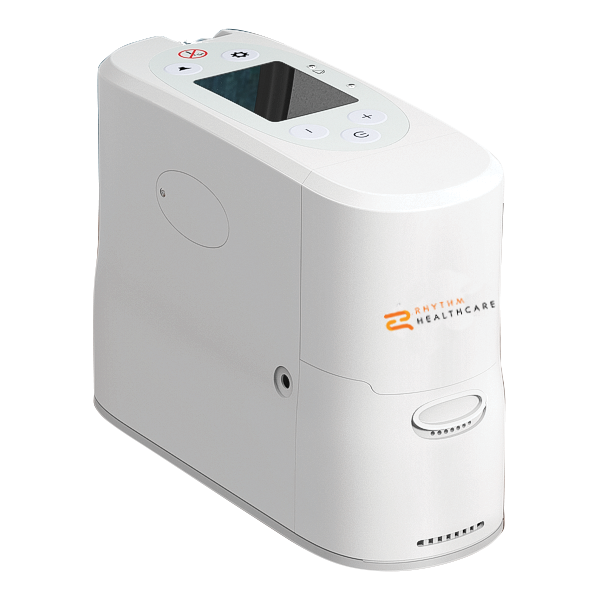What is the difference between Pulse and Continuous Flow Oxygen Concentrators?

Oxygen concentrators can be large and more or less stationary or smaller for portability. It is important to understand that the smaller, more portable concentrators often have a different mode of operation, that being pulse rather than continuous flow.
If you are unsure whether pulse or continuous flow is right for you, please consult with your doctor. Oxygen concentrators require a prescription and you should only use a machine in accordance with the prescription from your doctor. This article is just to explain what is meant by pulse versus continuous flow so that you can be more informed about the options out there on the market.
Providing high purity oxygen generally requires a large unit, the larger the unit the more oxygen it can produce essentially. However, the smaller units generally produce pulse or puffs of oxygen rather than continually pumping the oxygen as the larger, stationary units do. This means that less total oxygen is used to provide the oxygen levels needed for each breath.
There are units, such as the TOC (Total Oxygen Concentrator) that offer both options as a hybrid of a portable and stationary designs. Most portable units are pulse while most stationary units are continuous flow. Depending on your needs, you may use both types of concentrators, the stationary at home and the portable when traveling, but it is important to understand the difference and that a portable unit is not just a smaller version of the larger, stationary variety but provides the oxygen in a different manner to conserve the amount of oxygen it can create.
At Accessibility Medical, we offer a variety of oxygen concentrator options at the lowest possible price. Visit this link to browse our current inventory of oxygen concentrators: https://www.accessibilitymedical.org/respiratory-care/oxygen-concentrators/
Comments
Be the first to comment...